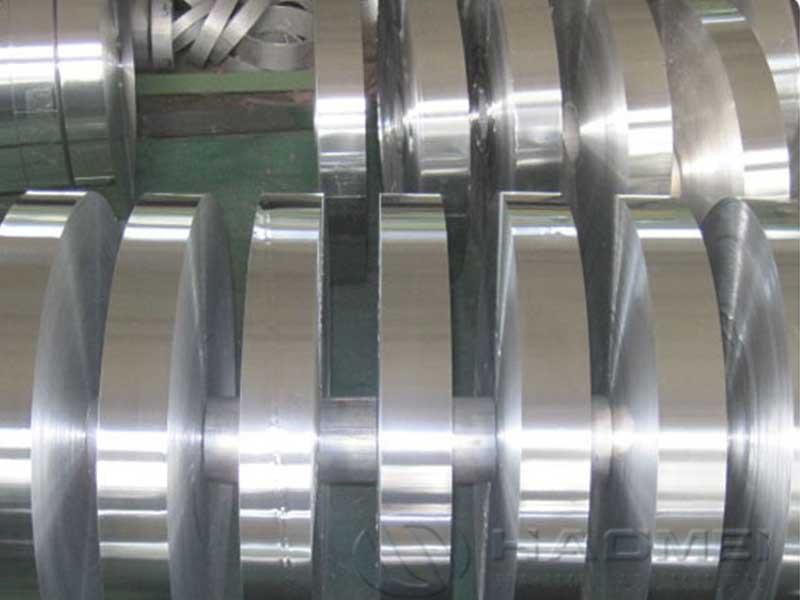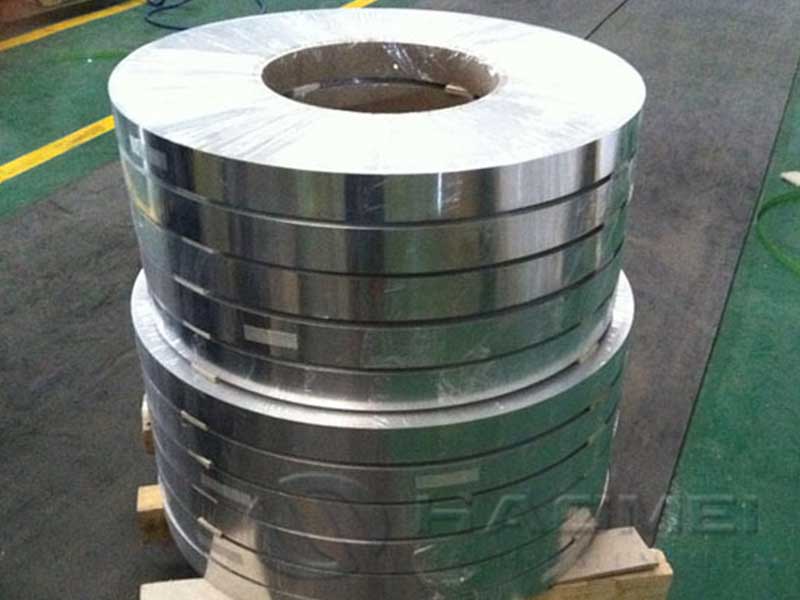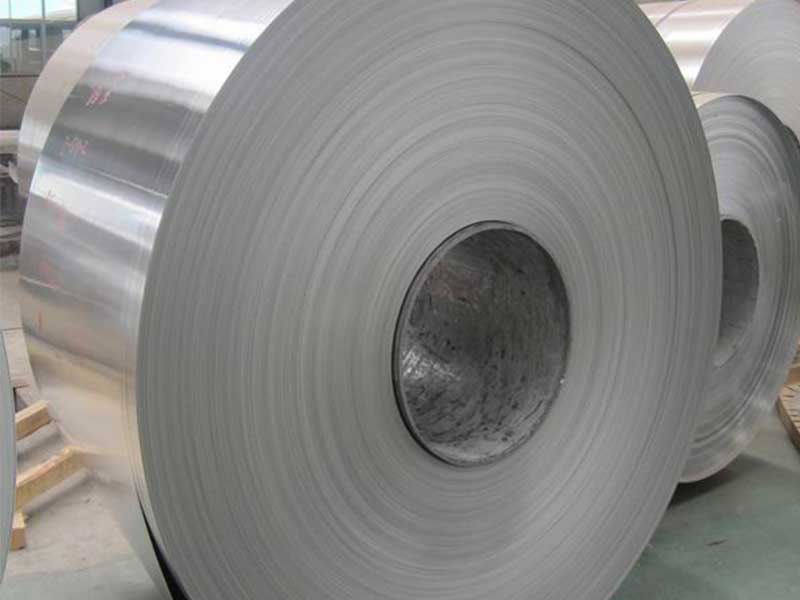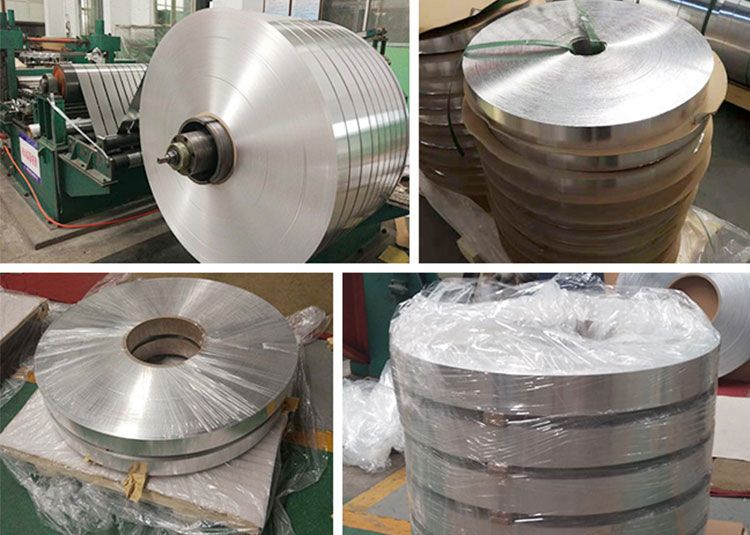Aluminum strip foil packs (commonly called cold-formed foil packs, blister foil, or strip packs) are purpose-designed packaging solutions used extensively for solid oral dosage forms such as tablets, capsules, lozenges, and small sachets. They combine barrier performance, mechanical protection, and tamper evidence in a compact, lightweight format tailored to pharmaceutical, nutraceutical, and specialty chemical products.
- Outstanding moisture and oxygen barrier — protects hygroscopic and oxidation-prone actives.
- Excellent light and odor barrier — preserves photosensitive or odorous formulations.
- Cold-formable variants allow full enclosure of individual units for high product protection.
- Peelable or heat-sealable options support different dispensing and compliance needs.
- Tamper-evident and child-resistant configurations available.
- Compatible with high-speed strip-packing machines and secondary carton/pouching.
- Lightweight and space-efficient; reduced shipping weight vs. blister cards.
Typical Materials & Construction
Aluminum strip foil packs consist of one or more layers laminated or bonded with polymeric films to provide processability (heat-seal, peelability), mechanical toughness, and barrier function. Two main classes:
- Cold-formable (deep-draw) aluminum foil strictly for forming cavities by cold pressing; usually thicker and may be laminated.
- Heat-seal (blister) aluminum foil laminated to thermoplastic webs (e.g., PVC, PVDC, PET) enabling hot forming or heat sealing.
Common constructions:
| Layer | Purpose |
|---|---|
| Outer printable layer (PET / paper / lacquer) | Graphic printing, mechanical protection, UV stability |
| Aluminum foil (pure Al) | Main moisture/oxygen/light barrier; formable metal layer |
| Adhesive tie layer | Bond between aluminum and polymer layers |
| Thermoplastic heat-seal layer (PVC, PE, PVDC) | Sealing to base web or providing peelable closure |
| Inner cold-formable aluminum (thicker) | Used for deep-formed cavities (strip packs) |
Chemical Composition of Typical Pack Foil (Aluminum Layer)
Commercial pharmaceutical strip foils are produced from high-purity aluminum alloys optimized for ductility, corrosion resistance, and formability. A commonly used foil alloy series is 8006 or 1235 (technical grade similar to 1050/1070 in the 1xxx series). Typical composition:
| Element | Typical Content (wt%) | Function/Notes |
|---|---|---|
| Aluminum (Al) | 99.0 – 99.9 | Primary metal — provides barrier and formability |
| Iron (Fe) | 0.20 – 0.60 | Impurity; affects strength slightly |
| Silicon (Si) | 0.05 – 0.50 | Impurity; can influence castability |
| Copper (Cu) | ≤ 0.05 | Kept minimal to maintain corrosion resistance |
| Manganese (Mn) | ≤ 0.10 | Minor alloying if used |
| Magnesium (Mg) | ≤ 0.10 | Typically minimal in high-purity foils |
| Others (Zn, Ti, Cr) | ≤ 0.05 each | Trace elements |
Notes:
- Pharmaceutical foils prioritize high Al content for purity and low extractables.
- Exact alloy designation and composition vary by supplier and regulatory requirements.
Typical Technical Specifications
The following table lists common specifications for aluminum strip foil packs used for tablets. Values are representative; manufacturers may supply custom options.
| Parameter | Typical Range / Value | Unit | Notes |
|---|---|---|---|
| Aluminum foil thickness (cold-formable) | 40 – 250 | µm | Thicker for deep-draw strip packs |
| Aluminum foil thickness (heat-seal/blister) | 16 – 60 | µm | Common for blister foils |
| Laminate total thickness | 50 – 300 | µm | Depends on polymer layers and aluminium |
| Tensile strength (foil) | 50 – 120 | MPa | Rolling/annealing process dependent |
| Elongation at break | 10 – 40 | % | Higher is better for forming |
| Water vapor transmission rate (WVTR) | < 0.1 – 1.0 | g/m²·day | Typical for high-barrier foils under standard conditions |
| Oxygen transmission rate (OTR) | < 1 – 10 | cc/m²·day | Very low due to metal layer |
| Light transmission | ~0 | % | Al foil provides essentially zero light transmission |
| Seal strength (thermoplastic to base web) | 0.5 – 6.0 | N/15 mm | Depends on sealant and process |
| Peel force (peelable options) | 0.2 – 2.0 | N/15 mm | Controlled for user-access |
| Operating temperature (sealing) | 120 – 220 | °C | Depends on polymer sealant |
| Operating humidity (storage) | 10 – 60 | % RH | Recommended for packaged products |
| Roll width (standard) | 100 – 900 | mm | Custom widths available |
| Roll length | 500 – 5000 | m | Depends on thickness and core size |
| Color/printing | Full-color gravure/offset | - | Ink and lacquer chemistries comply with pharma regulations |
Mechanical & Barrier Performance Details
- Barrier: The metal layer provides near-impermeable protection against moisture, oxygen and light. For highly sensitive actives (e.g., ascorbic acid), cold-formed aluminum packs can maintain potency over extended shelf life.
- Mechanical protection: Aluminum resists puncture and crush to a degree; laminate layers impart tear resistance and ease of handling.
- Formability: Cold-formable alloys with higher thickness are used to create deep cavities that fully encapsulate tablets, offering superior protection compared to shallow blister designs.
- Sealability: Heat-seal laminates (e.g., Al/PVC/PVDC structures) enable hermetic seals to base webs or pouches; seal profile is tuned for peel strength or tamper-evidence.
Regulatory, Safety & Compliance Considerations
- GMP: Foil production and printing must follow Good Manufacturing Practices for pharmaceutical packaging.
- Extractables & Leachables: Suppliers often provide extractables/leachables data for polymer layers and inks; aluminum itself is inert, but adhesives and sealants require testing.
- USP/EP: Packaging materials intended for contact with pharmaceuticals should meet relevant sections of pharmacopeias and follow ISO 22000 / ISO 15378 (primary packaging).
- Allergens & contaminants: Foil and polymer laminates are generally inert; manufacturers should provide certificates of analysis (CoA), migration tests, and heavy metal analyses on request.
- Traceability: Batch coding and date/lot printing options available to support recalls and regulatory compliance.
Manufacturing & Process Compatibility
- High-speed strip-pack machinery compatibility: Foil must meet flatness, stiffness, and tension specifications. Typical web tension and winding properties are provided by suppliers.
- Forming processes: Cold forming, thermoforming, and heat-sealing require material-specific process parameters such as punch profile, dwell time, and sealing temperature/pressure.
- Printing & finishing: Gravure or flexo printing on outer lacquer or PET; varnishes and overcoats for abrasion and ink adhesion.
- Secondary packaging: Strips are often collated into cartons or shrink-wrapped; compatibility with blister-to-carton inserters is commonly supported.
Typical Applications
| Application Area | Examples / Use Cases | Why aluminum strip foil is chosen |
|---|---|---|
| Prescription tablets | Antibiotics, cardiovascular drugs, oncology tablets | Robust barrier for stability and tamper evidence |
| Over-the-counter (OTC) products | Analgesics, vitamins, cold remedies | Lightweight, branded printing, easy dosing |
| Nutraceuticals | Vitamin complexes, probiotic tablets | Protection from moisture and oxygen |
| Controlled substances / unit-dose | Hospital and institutional dispensing | Unit-dose accuracy, traceability, tamper evidence |
| Clinical trial packaging | Small-batch, stability-focused packaging | High protection and clear lot coding |
| Specialty chemicals / reagents | Test tablets, desiccant tablets | Protection from humidity and contamination |
Option Variants & Customizations
- Cold-form (non-heat-seal) vs. heat-seal blister foils.
- Peelable vs. tamper-evident/child-resistant closures.
- Printed with variable data (batch, expiry, 2D barcodes).
- Laminates with PVdC, EVOH for added barrier where needed.
- Anti-static or low-scratch lacquers for fragile coatings.
- Foil thickness and alloy tuning to match forming depth and product fragility.
Storage, Handling & Shelf-Life Guidance
- Recommended storage: cool, dry place away from direct sunlight; typical 10–25 °C and 30–60% RH.
- Shelf-life of empty rolls: 1–3 years depending on storage and laminate; verify with supplier.
- Packaged product shelf-life: determined by product stability studies; foil pack often extends shelf life by minimizing moisture and oxygen ingress.
- Handling: avoid sharp tools near foil, maintain cleanroom practices for pharmaceutical packaging lines.
Example Technical Data Sheet (Typical Product: 80 µm Cold-Form Foil Laminate)
| Property | Value |
|---|---|
| Aluminum layer thickness | 80 µm |
| Total laminate thickness | 120 µm |
| Tensile strength (foil) | 85 MPa |
| Elongation | 22% |
| WVTR (25°C, 50% RH) | 0.05 g/m²·day |
| Sealant | Heat-seal lacquer (if laminated) |
| Roll width | Up to 600 mm |
| Core diameter | 76 mm (standard) |
| Printing | Up to 8 colors |
| Compliance certificates | ISO 15378, CoA, extractables info on request |
Frequently Asked Questions
How do I choose between cold-form and heat-seal foil?
Choose cold-form for highest protection and deep cavities; heat-seal is suitable for rapid blistering onto plastic base webs and offers good cost-effectiveness for many OTC items.
Can aluminum foil packs be printed with full branding?
Yes — foils are typically printed on an outer polymer or lacquer surface using gravure or flexo, allowing full-color branding and regulatory text.
Are foil packs recyclable?
Pure aluminum foil is recyclable; laminated structures with polymers are more difficult to recycle in conventional streams. Some suppliers offer take-back or specialized recycling options.
What tests should I request from suppliers?
Provide CoA for alloy composition, barrier performance (WVTR/OTR), seal strength, extractables/leachables reports, migration and heavy metal analyses, and regulatory compliance certificates.











